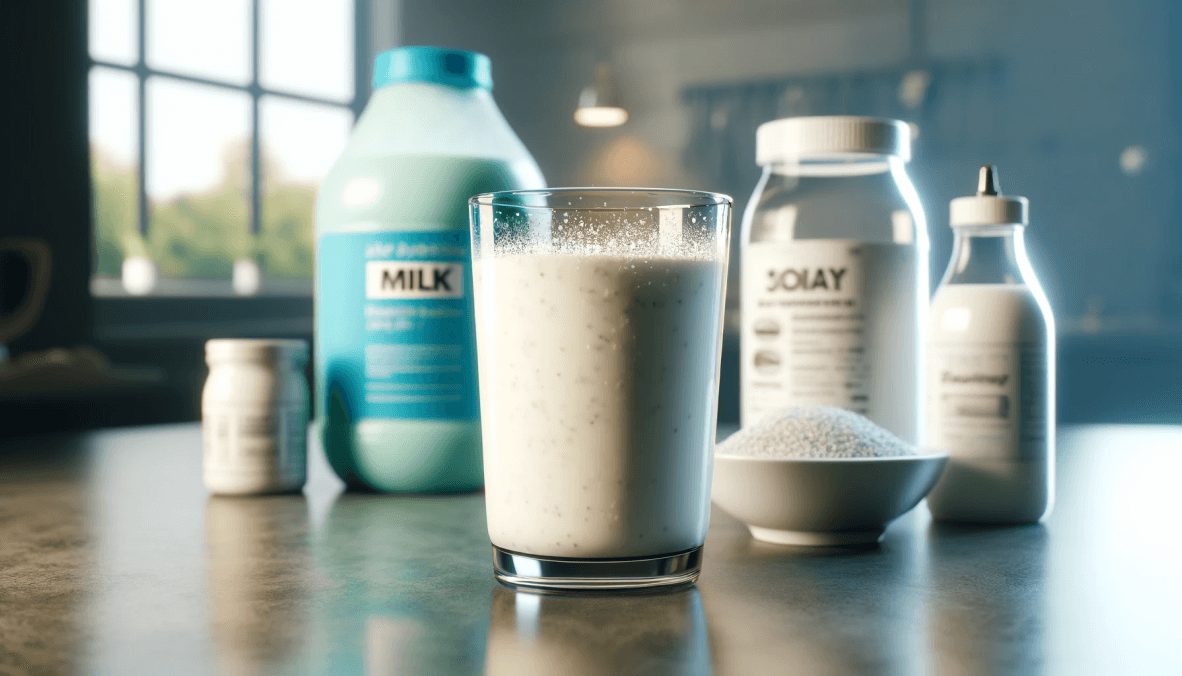Milk, a staple in diets around the world, has been the subject of increasing scrutiny due to rising incidents of adulteration. The adulteration of milk not only poses significant health risks but also undermines consumer trust and confidence in the dairy industry. This article delves into the trends and safety concerns surrounding adulterated milk, with a particular focus on data insights from SGS Digicomply Horizon Scanning.
What is Milk Adulteration
Milk adulteration involves the addition of substances to milk to increase its volume or improve its appearance. Common adulterants include water, detergents, urea, starch, and formaldehyde. These substances can significantly compromise the nutritional value of milk and pose serious health risks to consumers, including gastrointestinal disorders, kidney damage, and even cancer.
Types of Milk Adulteration
Milk adulteration involves the addition of harmful substances to increase volume or alter appearance. Common adulterants include water, which dilutes nutritional value; detergents, which create foam; urea, used to boost apparent protein content; starch, which thickens the milk; and formaldehyde, a preservative. Each of these adulterants poses serious health risks, from gastrointestinal disorders to long-term chronic diseases, making the detection and prevention of milk adulteration critical for consumer safety.
Rising Incidents of Adulterated Milk (2010 - 2024)
The attached chart from SGS Digicomply Horizon Scanning shows a notable increase in mentions of adulterated milk incidents over the past decade. The data indicates that while incidents were relatively stable from 2010 to 2018, there has been a sharp rise since 2019, with over 950% growth, peaking in 2023.
.png?width=1331&height=785&name=Adulterated%20Milk%20Incident%20Mentions%20Trend%20(2010%20-%202024).png)
To monitor such trends and associated risks effectively, businesses are increasingly turning to SGS Digicomply Horizon Scanning. This tool allows companies to:
- Keep a vigilant eye on supply chain dynamics, utilizing a vast array of data points to identify risks related to ingredients and suppliers.
- Identify biological, chemical, and physical hazards, alongside emerging threats and regulatory shifts, while also staying abreast of technological advancements that could open new business opportunities.
Companies that have integrated SGS Digicomply Horizon Scanning into their risk management protocols have reported the ability to respond to emerging risks and opportunities up to six months ahead of their competitors, securing a substantial competitive edge. Moreover, the tool supports decision-making with advanced analytics, which facilitates better strategic alignment and fosters innovation in product development.
Geographic Focus: Adulterated Milk Incidents by Origin of Issue (2010 - 2024)
A significant portion of these incidents have been reported in India and Pakistan. These countries, with large dairy industries, face substantial challenges in ensuring the purity and safety of milk. Factors contributing to the high incidence of milk adulteration in these regions include:
- High Demand and Supply Chain Complexity: The high demand for milk and milk products, combined with complex supply chains, creates opportunities for adulteration.
- Economic Pressures: Dairy farmers and middlemen may resort to adulteration to increase profits or compensate for losses due to poor yield or spoilage.
- Regulatory Challenges: Inconsistent enforcement of food safety regulations and lack of stringent penalties for adulteration contribute to the persistence of this issue.
.png?width=1200&height=676&name=Adulterated%20Milk%20Incidents%20by%20Origin%20of%20Issue%20(2010%20-%202024).png)
Health Risks Associated with Adulterated Milk
The health risks of consuming adulterated milk are significant and vary depending on the type and amount of adulterant used. Common health risks include:
- Gastrointestinal Disorders: Contaminants such as detergents and urea can cause severe gastrointestinal issues, including vomiting and diarrhea.
- Kidney Damage: The presence of harmful chemicals like melamine, often added to falsely increase protein content, can lead to kidney damage and renal failure.
- Chronic Diseases: Long-term consumption of adulterated milk containing carcinogenic substances like formaldehyde increases the risk of developing cancers.
Regulatory and Compliance Strategies
To combat the rising incidents of milk adulteration, it is crucial for regulatory bodies and industry stakeholders to adopt robust strategies. Key measures include:
Enhanced Surveillance and Testing
- Regular Testing: Implementing regular and random testing of milk at various points in the supply chain can help detect adulteration early. Advanced testing methods, such as chromatography and mass spectrometry, can identify even trace amounts of adulterants.
- Mobile Testing Labs: Deploying mobile testing laboratories in rural and remote areas can ensure broader coverage and quicker detection of adulteration incidents.
Strengthening Regulations and Penalties
- Stricter Regulations: Updating and enforcing stricter food safety regulations that specifically address milk adulteration can deter potential offenders. This includes setting clear standards for permissible levels of various substances in milk.
- Severe Penalties: Imposing severe penalties, including substantial fines and imprisonment, for those found guilty of milk adulteration can act as a strong deterrent.
Educating Stakeholders
- Consumer Awareness: Educating consumers about the risks of adulterated milk and how to identify potential signs of adulteration can help reduce demand for such products.
- Training for Producers: Providing training for dairy farmers and milk suppliers on best practices for milk production, handling, and storage can help reduce the incentives and opportunities for adulteration.
Conclusion
The rising incidents of adulterated milk present significant challenges to public health and the integrity of the dairy industry. By understanding the trends and implementing comprehensive regulatory and compliance strategies, stakeholders can work towards ensuring the safety and purity of milk. Tools like SGS Digicomply Horizon Scanning are invaluable in providing real-time insights and helping stakeholders stay ahead of potential issues. As the industry continues to evolve, staying informed and proactive is key to safeguarding consumer health and maintaining trust in dairy products.






.webp?width=1644&height=1254&name=Food%20Safety%20Dashboard%201%20(1).webp)
